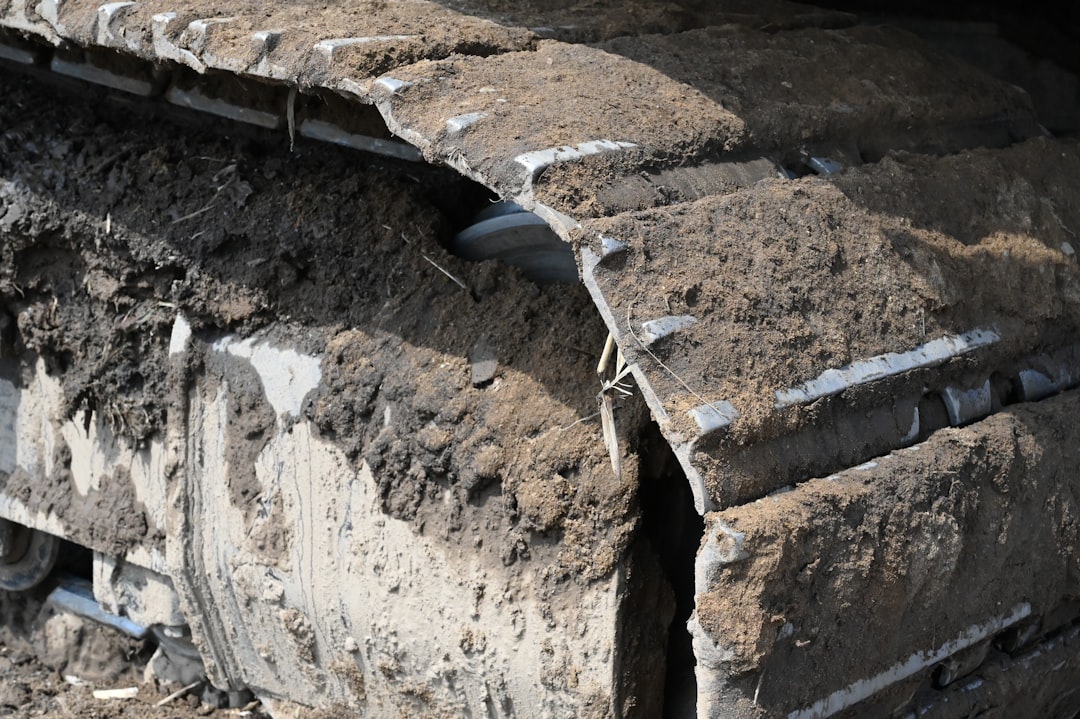What is it about?
In the last decade, electromechanical impedance (EMI)-based monitoring technique using piezoceramic (PZT) sensors have been successfully implemented in health monitoring of lab-sized engineering structures. However, its implementation in real life application, such as monitoring underground support structures, has not been done before. In general, the EMI technique utilizes the unique EMI signature where any changes in the signature during the period of monitoring indicate possible damage in the host structure. This paper presents a part of monitoring results of the soil excavation carried out for the construction of new mass road transport (MRT) station in the southern part of Singapore using a PZT-based EMI technique. The MRT site consists of typical clayed soil of varying properties along the depth of excavation. To prevent the soil collapse during excavation, temporary support structures were laid with suitable monitoring systems. The paper presents the results obtained from the PZT sensors and the comparisons with conventional measurement devices. However, there were no damages reported in the structure, and hence the PZT sensors, which were initially aimed to capture possible damages, were used later to capture load variations on the struts due to the surrounding soil
Featured Image
Perspectives
First real application of piezo -impedance technique (EMI) for SHM of civil engineering structure.
Dr Venu Gopal Madhav Annamdas
Nanyang Technological University
Read the Original
This page is a summary of: Practical implementation of piezo-impedance sensors in monitoring of excavation support structures, Structural Control and Health Monitoring, September 2010, Hindawi Publishing Corporation,
DOI: 10.1002/stc.418.
You can read the full text:
Contributors
The following have contributed to this page










